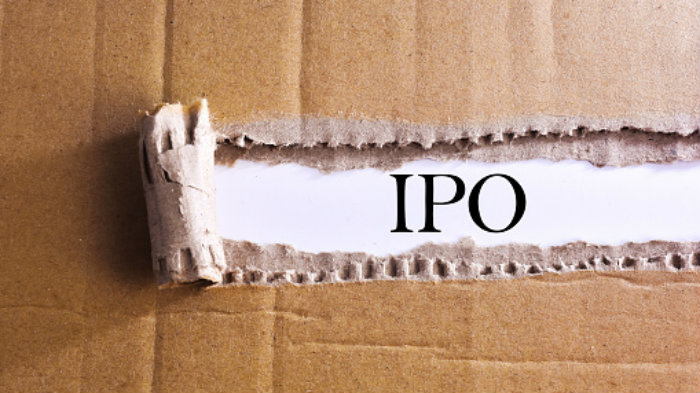Anyone who follows the Canadian IPO market knows that 2016 was a complete write-off when it comes to private companies of any size or stature going public. Specialty women’s retailer Aritzia Inc. (TSX:ATZ) raised 86% of the $464 million investors forked over on the three IPOs listing on the Toronto Stock Exchange this past year.
How bad was it? It was the worst result in the 19 years PwC Canada’s been keeping track of private companies going public.
Canada Goose and Freshii are the best that we can do?
I’d love to see these three IPOs in 2017, but something tells me I won’t.
Jim Pattison Group
Years ago, I owned shares in Sun-Rype Products Ltd., a B.C.-based company that got its start in 1946 manufacturing apple juice from apples grown in the Okanagan Valley where it is located. It has since expanded into all kinds of juice-related products that I still buy to this day as a quick fruit snack.
Initially, I bought shares in the company because Vancouver billionaire Jim Pattison had a big ownership stake in the company. Unfortunately, management could never seem to grow Sun-Rype beyond its Canadian roots; Pattison bought the remaining 46% he didn’t already own in 2013 for $37 million.
Pattison got his start in 1961 with one car dealership in Vancouver. Today, it’s the second-largest private company in Canada with $9.1 billion in annual revenue with businesses operating in advertising, grocery stores, Ripley’s Believe It or Not, outdoor signs, food and beverage, agriculture, and many other productive businesses.
Canadian Business magazine recently named Pattison the 10th wealthiest person or family in Canada with a net worth of $5.7 billion. At age 87, while not slowing down, an IPO of this kind would be well received because of the quality of assets available, not to mention it would provide a nice transition for the billionaire.
Frank + Oak
Started online in 2012, founders Ethan Song and Hicham Ratnani wanted to build a company that made it easy for their male friends to buy fashionable clothes in no-hassle kind of way using technology to make that happen. Their brick-and-mortar stores came after they’d built an e-commerce following.
Today, Frank + Oak has three million online customers in both Canada and the U.S., 16 physical locations and growing, more than 250 employees, and a four-year revenue growth rate of 18,480% (through 2015) according to Deloitte Canada’s Technology Fast 50.
“I think they’re the future of retail,” Tamara Szames, the fashion industry expert at market research consultancy NPD Group, told ProfitGuide’s Nicholas Hune-Brown recently. “What they’ve identified is the evolution of how people want to buy.”
With so many retailers flailing away at the omnichannel business model, they’re one of the few who seems to understand how online and bricks and mortar are supposed to co-exist and that can only add value to the Frank + Oak brand in the future.
Lynx Equity
The Toronto-based private equity firm acquires privately owned businesses from retiring owners. Named the 45th fastest-growing company in Canada in 2016 by Canadian Business’s Profit 500, Lynx Equity grew its revenue by 1,705% between 2010 and 2015.
Most people would probably never recognize almost all of the businesses acquired, but they generally look for mid-market companies generating annual EBITDA between $750,000 and $2.5 million. Most importantly, they’re interested in companies that are generating sustainable cash flow with repeat revenue. They’re not turnaround experts, although they do like to be hands-on with their investments.
I would love to see this business go public because I see great potential in the area of succession planning given the aging of our population. Having written about financial advisors for a couple of years until January 2016, I know how many of them are trying to monetize their businesses before it’s too late and they’re unable to work.
Despite constant reminders in the media about how they need to start succession planning long before they retire, business owners generally fail to heed the warning.
Lynx Equity has grown revenue to approximately $300 million in less than a decade because of this reality. The opportunity is only going to get better in the years to come.








